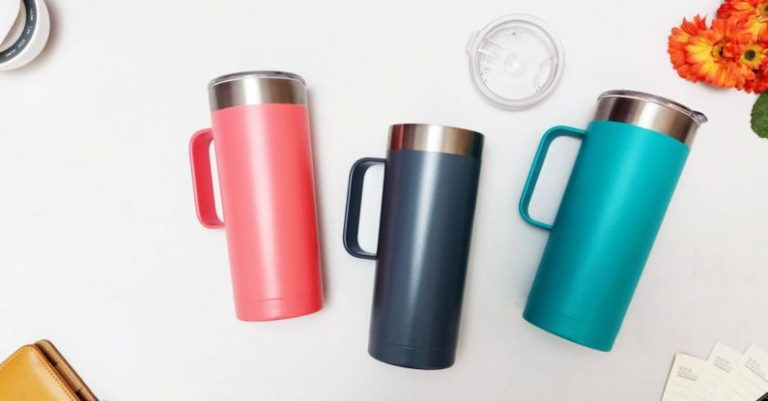Revolutionary Transparent Composites for Daylighting Solutions
Natural light has long been sought after in architectural design for its ability to enhance spaces, reduce energy costs, and improve well-being. Traditional building materials have limitations when it comes to maximizing the benefits of daylighting. However, recent advancements in technology have led to the development of revolutionary transparent composites that are transforming the way natural light is utilized in buildings.
Enhancing Daylighting Efficiency
Transparent composites offer a unique solution to the challenges faced in daylighting design. By combining the strength and durability of traditional building materials with the transparency of glass, these composites allow for the creation of expansive windows and skylights that bring in an abundance of natural light. This not only reduces the need for artificial lighting during the day but also creates a more inviting and productive indoor environment.
Improved Thermal Performance
One of the key advantages of transparent composites is their ability to enhance the thermal performance of a building. By incorporating advanced insulation materials within the composite structure, these materials help to regulate indoor temperatures, reducing the reliance on heating and cooling systems. This results in lower energy consumption and cost savings for building owners, making transparent composites a sustainable choice for daylighting solutions.
Design Flexibility and Aesthetics
Transparent composites offer architects and designers a high degree of flexibility in terms of design and aesthetics. These materials can be molded into various shapes and sizes, allowing for the creation of unique and innovative architectural elements. Whether used for windows, skylights, or façades, transparent composites can transform the visual appeal of a building while maximizing the benefits of natural light.
Durability and Longevity
In addition to their functional and aesthetic advantages, transparent composites are also known for their durability and longevity. These materials are resistant to weathering, UV radiation, and impact, making them ideal for use in exterior applications. With minimal maintenance requirements, transparent composites offer a cost-effective solution for daylighting that will stand the test of time.
Environmental Sustainability
As the demand for sustainable building practices continues to grow, transparent composites are emerging as a preferred choice for environmentally conscious projects. These materials are often made from recycled or renewable sources, reducing their carbon footprint and overall environmental impact. By incorporating transparent composites into building design, architects and developers can contribute to a more sustainable built environment.
Future Prospects and Innovations
The development of transparent composites for daylighting solutions is an ongoing process, with researchers and manufacturers constantly seeking new ways to improve performance and efficiency. From self-cleaning coatings to integrated solar technologies, the possibilities for innovation in transparent composites are vast. As these materials continue to evolve, they are expected to play an increasingly important role in the future of architecture and design.
In Conclusion
Transparent composites are revolutionizing the way natural light is harnessed in buildings, offering a versatile, sustainable, and aesthetically pleasing solution for daylighting design. By combining transparency with durability, thermal performance, and design flexibility, these materials are setting new standards for energy-efficient and visually striking architecture. As advancements in technology and materials continue to drive innovation in this field, transparent composites are poised to become a cornerstone of sustainable building practices worldwide.






